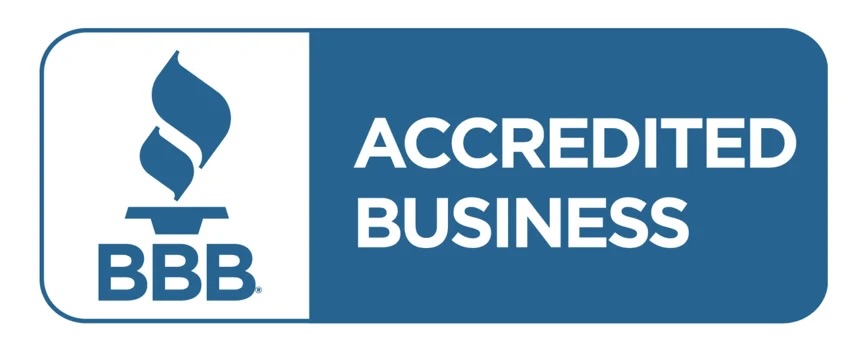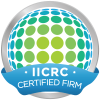Water Damage Restoration Guide for Lakewood, Colorado Residents
Lakewood homeowners face unique challenges when dealing with water damage emergencies. The city’s location along the Front Range, with its variable weather patterns and mix of older and newer neighborhoods, creates specific considerations for water damage cleanup, sewage backups, mold remediation, and reconstruction services. This comprehensive guide provides Lakewood residents with essential information to navigate these challenging situations.
Water Damage Cleanup
Water damage in Lakewood homes can result from various sources, including heavy rainstorms, rapid snowmelt, plumbing failures, or appliance malfunctions. Understanding the restoration process is crucial for effective recovery.
Water Damage Categories
Water damage professionals classify incidents into three categories:
- Category 1 (Clean Water): Water from clean sources like broken supply lines or overflowing sinks
- Category 2 (Gray Water): Slightly contaminated water from dishwashers, washing machines, or toilet overflows without feces
- Category 3 (Black Water): Highly contaminated water including sewage backups, flooding from rivers/creeks, or water containing harmful chemicals
First Response Steps
When water damage occurs in your Lakewood home:
- Ensure family safety by turning off electricity if water threatens electrical systems
- Stop the water source if possible and safe to do so
- Remove valuable items from affected areas to prevent further damage
- Document the damage thoroughly with photos and videos for insurance purposes
- Contact your insurance provider promptly to report the claim
- Call a professional restoration company serving Lakewood
Professional Water Removal and Drying
Lakewood’s climate influences the drying process, with seasonal humidity variations affecting timelines. Professional restoration companies use specialized equipment including:
- Commercial-grade water extractors
- High-efficiency dehumidifiers
- Strategic air movement systems
- Moisture detection tools to identify hidden water pockets
- Antimicrobial treatments to prevent mold growth
Complete drying typically requires 3-5 days, though extensive damage may take longer. Lakewood’s elevation and weather patterns require restoration professionals familiar with local conditions for optimal results.
Sewage Backup Cleanup
Lakewood’s mix of aging and newer infrastructure means sewage backups can occur in various neighborhoods. These incidents require immediate professional attention due to the serious health hazards involved.
Health Risks of Sewage Exposure
Sewage contains bacteria, viruses, parasites, and other pathogens that can cause serious illness. Professional remediation is essential for safely addressing these Category 3 water events.
Professional Sewage Cleanup Process
- Establishing containment barriers to prevent cross-contamination
- Proper use of personal protective equipment by all workers
- Safe removal and disposal of contaminated materials
- Thorough extraction of contaminated water
- Cleaning and sanitizing all affected surfaces
- Application of commercial-grade disinfectants
- Proper waste disposal following Lakewood and Jefferson County regulations
Lakewood-Specific Considerations
Older neighborhoods in Lakewood, particularly those developed before the 1970s, may have aging sewer connections more susceptible to backups. Homeowners should be aware that the city’s Public Works department should be notified if backups are suspected to originate from municipal lines.
Mold Remediation
Lakewood’s climate, with its seasonal moisture variations, can create conditions favorable for mold growth following water intrusions if not properly addressed.
Mold Development Timeline
Mold can begin developing within 24-48 hours after water damage occurs. Lakewood’s relatively dry climate may slow growth compared to more humid regions, but enclosed spaces with poor ventilation remain vulnerable.
Warning Signs of Mold
- Visible mold growth (often appearing as discoloration)
- Persistent musty odors
- Unexplained respiratory symptoms or allergic reactions
- Water stains or discoloration on walls, ceilings, or floors
- Peeling or bubbling paint or wallpaper
Professional Mold Remediation Process
- Comprehensive inspection and assessment
- Containment setup with negative air pressure systems
- HEPA air filtration to capture airborne spores
- Removal and disposal of mold-contaminated materials
- Cleaning and treating salvageable items
- Complete drying and verification of appropriate moisture levels
- Reconstruction of affected areas
Lakewood Mold Considerations
Lakewood homes with crawlspaces, older HVAC systems, or areas prone to condensation require special attention during mold inspections. The city’s weather patterns, including occasional heavy precipitation events followed by dry periods, can create ideal conditions for hidden mold growth if moisture intrusion occurs.
Reconstruction Services
After water damage, sewage cleanup, or mold remediation, professional reconstruction services return your Lakewood home to its pre-damage condition.
Reconstruction Scope
Depending on damage severity, reconstruction may include:
- Drywall repair or replacement
- Flooring installation
- Cabinet and countertop restoration
- Electrical and plumbing system repairs
- Interior painting and finishing
- Structural repairs when necessary
Insurance Coordination
A reliable restoration company will assist Lakewood homeowners throughout the insurance process by:
- Providing detailed documentation for claims
- Communicating directly with insurance adjusters
- Developing accurate repair estimates
- Ensuring all damage is properly identified and addressed
Permits and Code Compliance
Reconstruction in Lakewood requires adherence to local building codes and often necessitates permits, especially for structural, electrical, or plumbing modifications. Professional restoration companies should manage this process, ensuring all work complies with Lakewood’s specific requirements.
Lakewood-Specific Considerations
Seasonal Concerns
Lakewood experiences distinct seasonal risks:
- Spring snowmelt can cause basement seepage and foundation issues
- Summer thunderstorms may bring flash flooding concerns
- Winter freeze-thaw cycles increase pipe burst risks
- Fall’s variable conditions can create roof leaks if gutters are clogged with debris
Insurance Recommendations
Lakewood homeowners should review their insurance policies to ensure adequate coverage for:
- Water damage from internal sources
- Sewer backup protection (typically requires additional endorsement)
- Flood insurance if near Bear Creek or other flood-prone areas
- Coverage for mold remediation (often limited in standard policies)
Finding Qualified Restoration Professionals
When selecting restoration services in Lakewood, look for:
- IICRC certification for water restoration and mold remediation
- Local experience and reputation in Jefferson County
- 24/7 emergency response capabilities
- Proper licensing and insurance
- Familiarity with Lakewood building codes and permit requirements
Prevention Tips for Lakewood Residents
- Insulate exterior wall pipes during winter months
- Install water detection systems near high-risk areas like water heaters
- Maintain gutters and downspouts, particularly before spring runoff
- Consider backwater valves if your property is in an older Lakewood neighborhood
- Ensure proper grading around your foundation to direct water away from your home
- Schedule regular inspections of aging plumbing systems
- Monitor areas prone to condensation, particularly in summer months
By understanding these essential aspects of water damage restoration, Lakewood homeowners can make informed decisions when facing water-related emergencies. Remember that quick response, professional assistance, and thorough documentation are key to successful recovery and ensuring your Lakewood home returns to safe, comfortable conditions as efficiently as possible.




